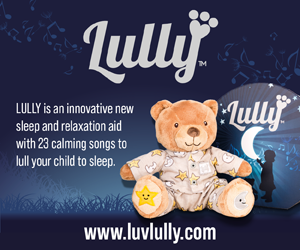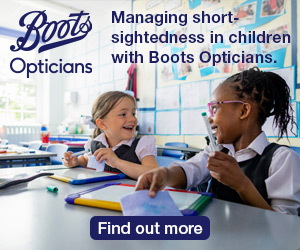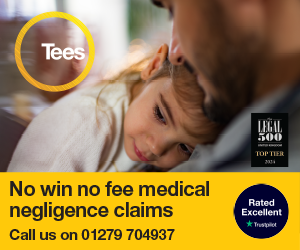
When the sun’s bright or glare makes it dangerous to drive, most adults will be sensible enough to wear sunglasses—but it’s just as important that children wear them in these conditions—in fact, possibly more essential.
The danger from sunlight comes from its ultra-violet frequencies. There are three dangerous frequency bands—UVA, which is thought to contribute to premature aging and wrinkling of the skin, and may be a cause of skin cancer, UVB which is more dangerous than UVA and has been implicated as the major cause of skin cancers, sun burning and cataracts, and UVC, which is extremely dangerous, but which does not normally reach the earth’s surface due to absorption in the atmosphere.
World Health Organisation research shows that, by the age of 18, children will have absorbed 80 percent of their lifetime exposure to these dangerous frequencies of UV light. Despite these incentives to wear sunglasses and the fact that they spend more time outdoors than adults, Boots says that 70 percent of children in the UK still don’t wear sunglasses.
Fortunately, plenty of designers have an eye on the kids’ market, and are offering sunglasses that will promote eye health, as well as having oodles of style appeal and practicality. So here are our top tips for choosing and using sunglasses for the little ones:
- Set an example. Make sure you wear your sunglasses on sunny days, or even on overcast ones when there could be glare.
- Choose polycarbonate lenses. They will stand up to more wear and tear, particularly on the beach or when playing sports.
- Don’t go dark. Darker tints don’t automatically offer more UV protection—in fact, they can be less effective, as they cause the pupil to dilate, letting in more UV rays.
- Look for sunglasses that meet the British Standard for UV protection, EN ISO 12312-1:2013.
This covers both requirements that manufacturers must comply with, such as checking that their products do not have sharp edges that may injure wearers, or cause vision impairments that prevent users from distinguishing traffic lights, as well as stating the different levels of UV protection, and test methods for manufacturers to help the industry ensure efficiency and reliability.
Make sure you look for the Ultra Violet Protection Factor (UPF). This rating indicates how much UV radiation is blocked by a material. For example, a material with a UPF rating of 20 would allow only 1/20th of the hazardous UVR falling on its surface to pass through. Also, don’t forget the corrective lenses! If your kids need prescription glasses, they should have prescription sunglasses as well. Most opticians offer this option.
Alongside allowing your kids the option to choose, as they will be more likely to wear sunglasses if they’re comfortable with the design, it is equally important to stay in charge. You should look after the sunglasses when they’re not being worn, to avoid them being lost or left behind.
Moreober, to ensure full comfort for your child look for flexible, close-fitting frames. Spring hinges and elasticated headbands prevent breakages and loss.
Follow these tips for choosing and using children’s sunglasses, and the whole family will be able to stay in style and have fun in the sun without fear of UV damage.
This fearure was originally published in the summer edition of Healthy Child with Dr Ranj Singh, which you can also read here!

























